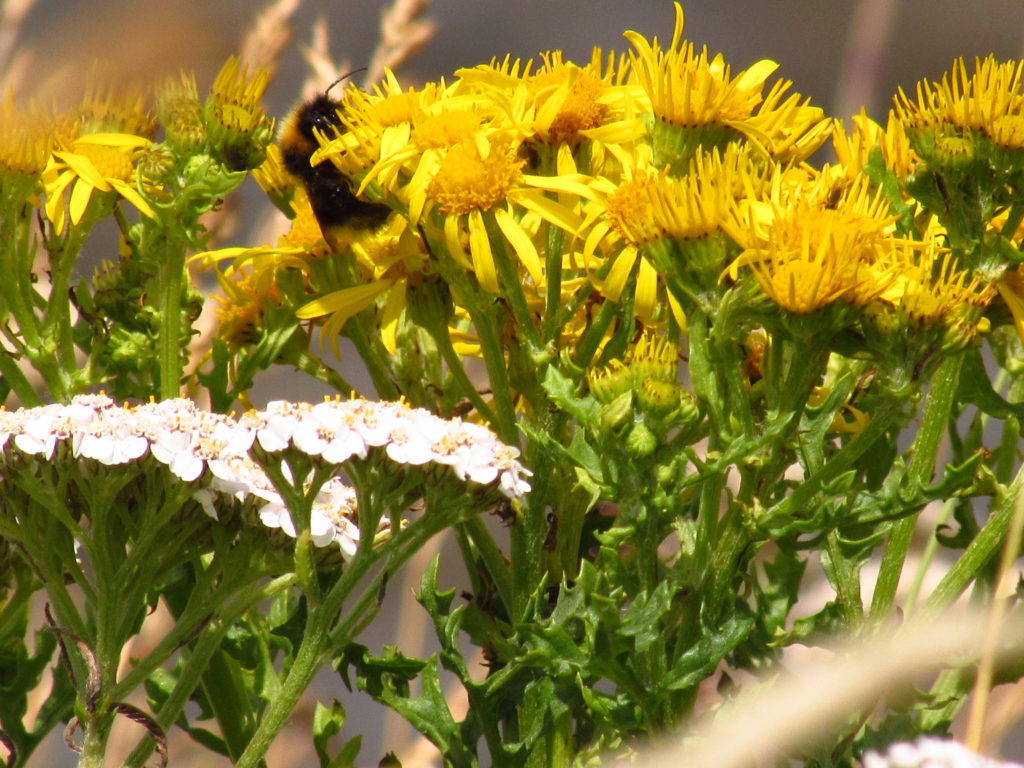
Today and in several future posts I will be talking about members of the Asteraceae. This was called the Compositae for a very long time, which I think is a lot more descriptive about this largest dicotyledon family on Earth!
The first post is all about the classification which is extensive but makes good sense you will discover on the next page!
More information will be given in post 4, 5, 6 below as well as their known uses:
- The Dandelion
- Asteraceae (part 1) (This post!)
- About the Common Ragwort or Jacobaea vulgaris
- More science behind the Asteraceae! (part 2)
- the more common Asteraceae and their uses (part 3)
- the less common members (part 4)
Contents:
General information
1) Subfamily Carduoideae
Tribe 1: Cynareae
The flowers are rarely yellow, usually red to blue. Mostly thistles or very thistle-like.
2) Subfamily Cichorioideae
Tribe 2: the Cichorieae
Plants often produce the white latex, the flowers are usually yellow.
Tribe 3: the Arctotideae
with 2 genera but both are not native
3) Subfamily Asteroideae
The Third Subfamily is the largest one in this family and called Asteroideae, it has 13 tribes and 66 genera! But many are ornamental plants or garden escapes.
Tribe 4: the Gnaphalieae
Tribe 5: Inuleae Tribe6: the Astereae Tribe 7: Anthemideae Tribe 8: the Senecioneae Tribe 9: the Calenduleae Tribe 10: Heliantheae Tribe 11: Millerieae Tribe 12: Coreopsideae Tribe 13: Tageteae Tribe 14: Bahieae Tribe 15: Helenieae Tribe 16: Eupatorieae
Continue reading “Asteraceae part 1”